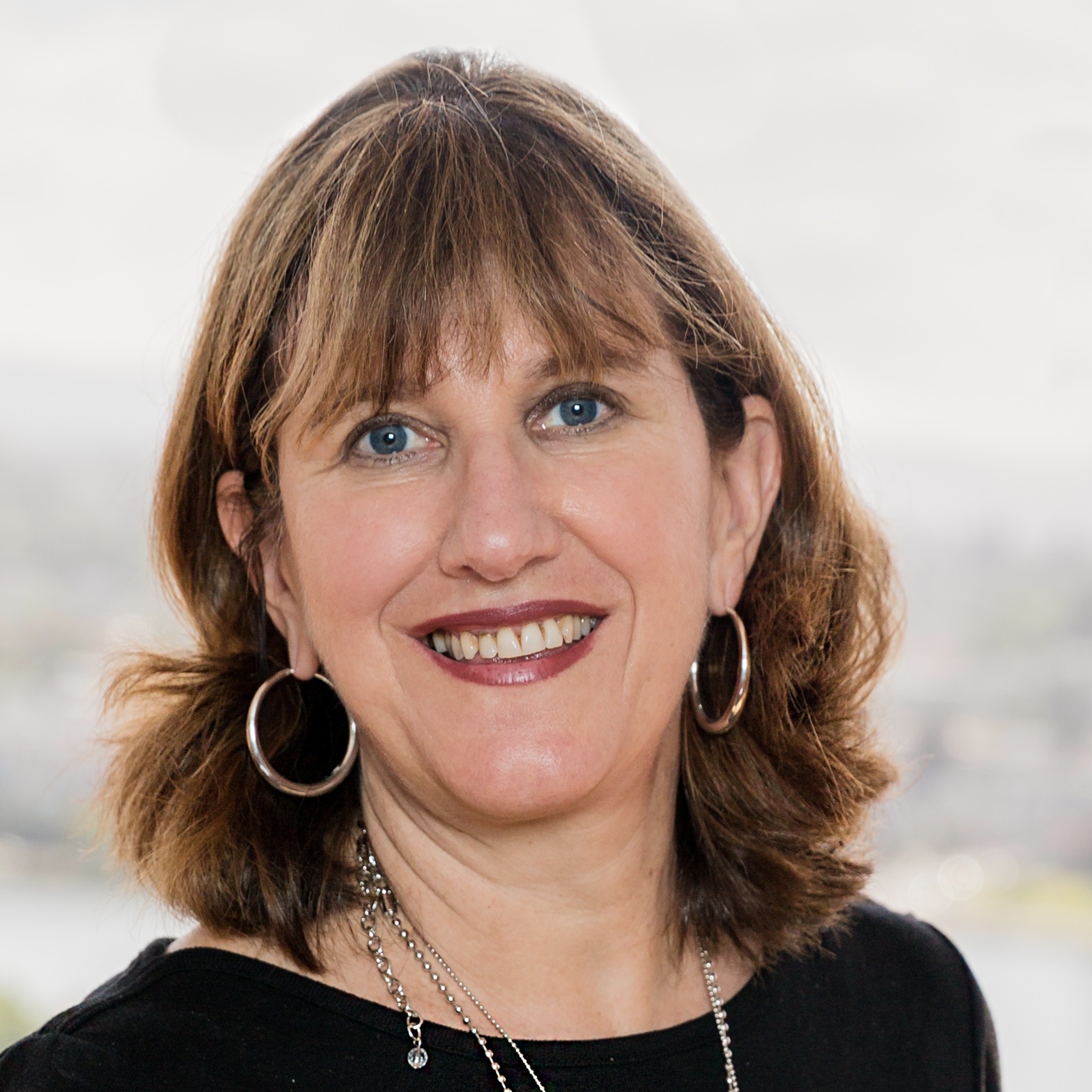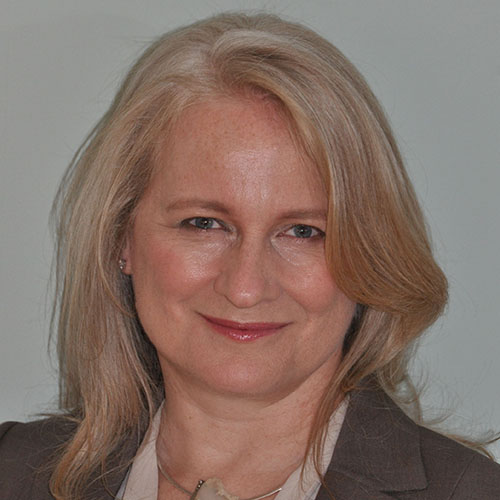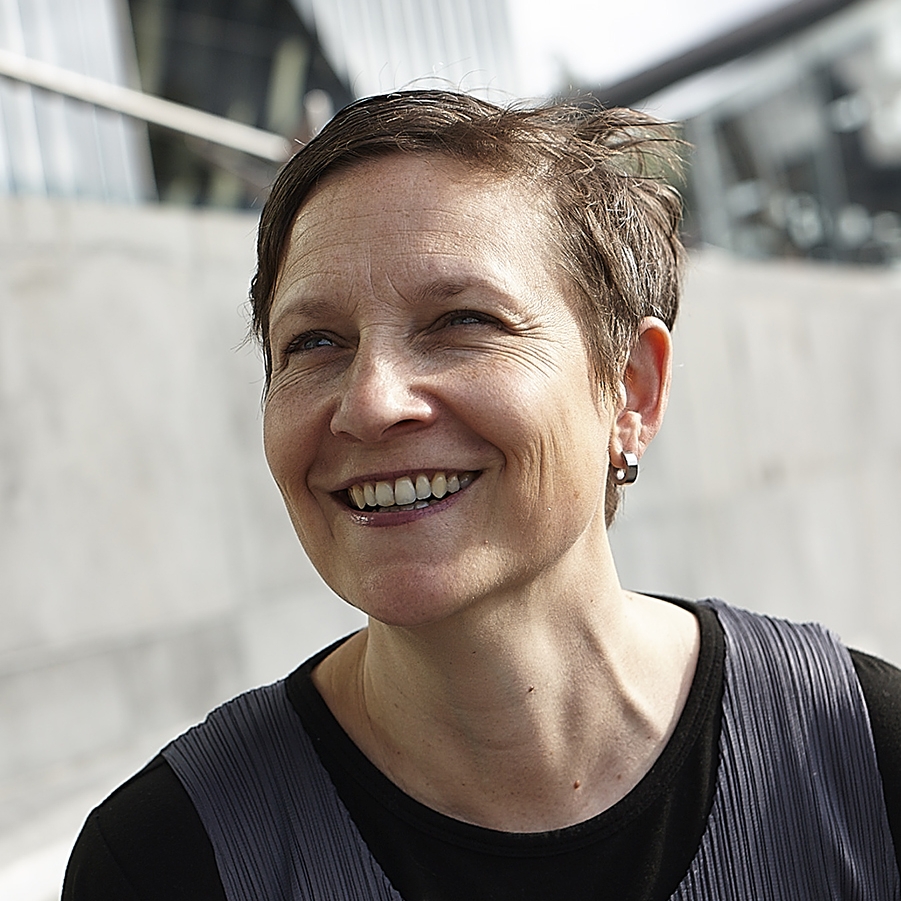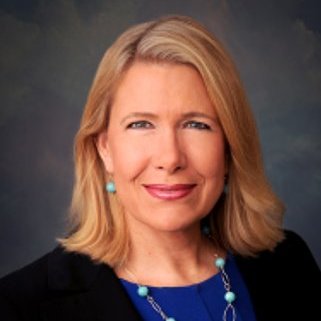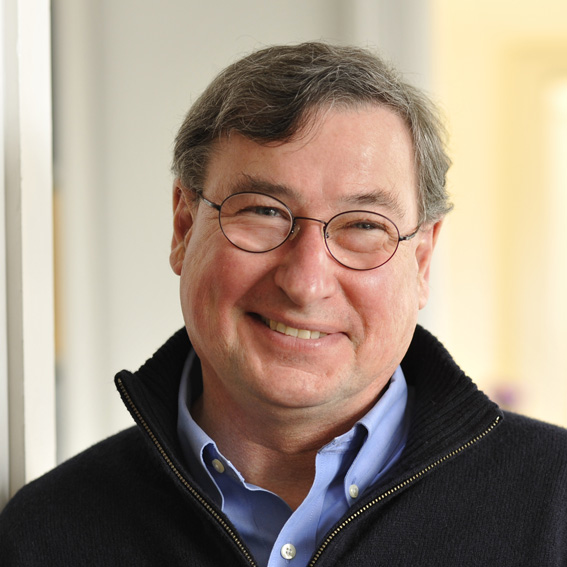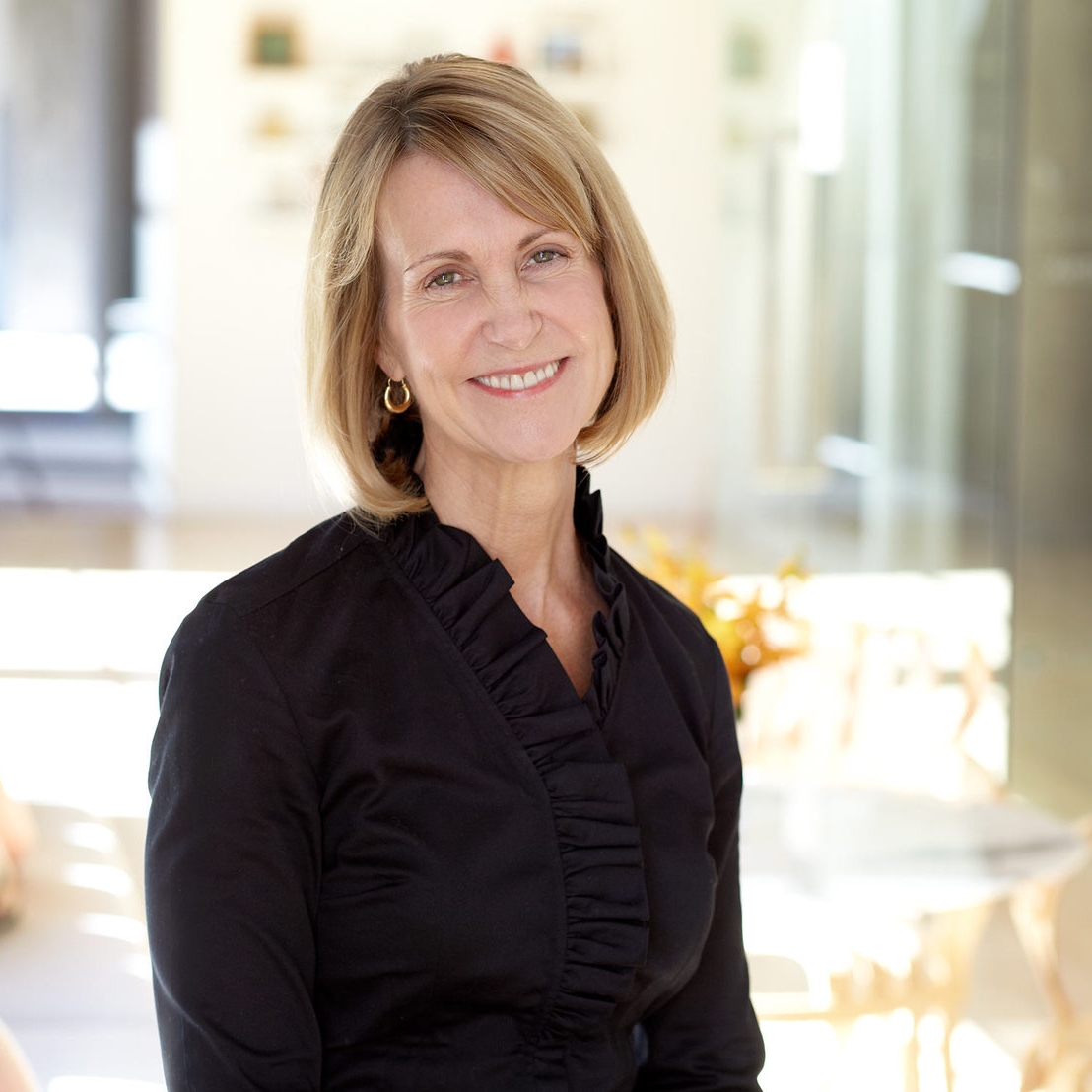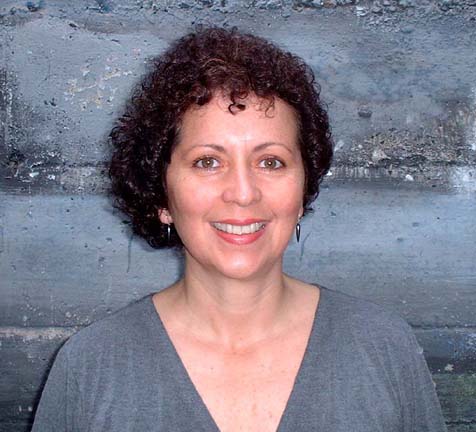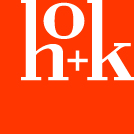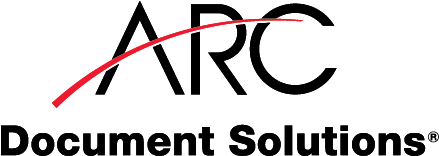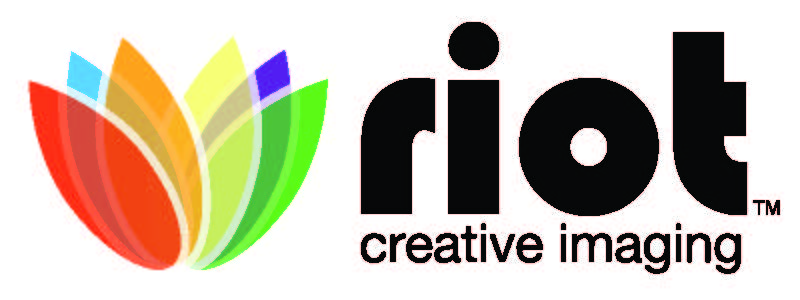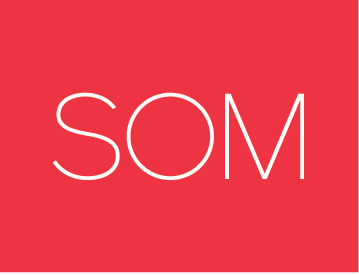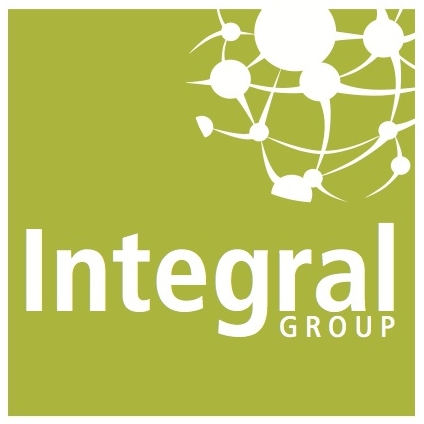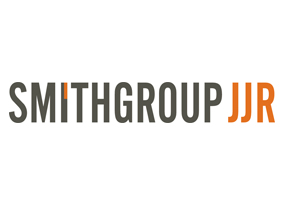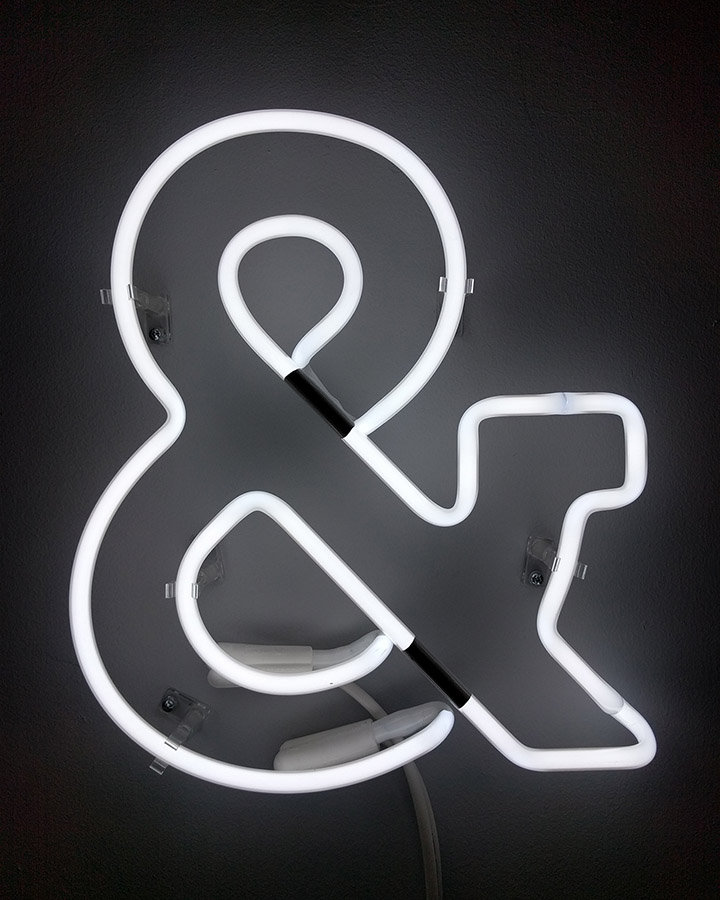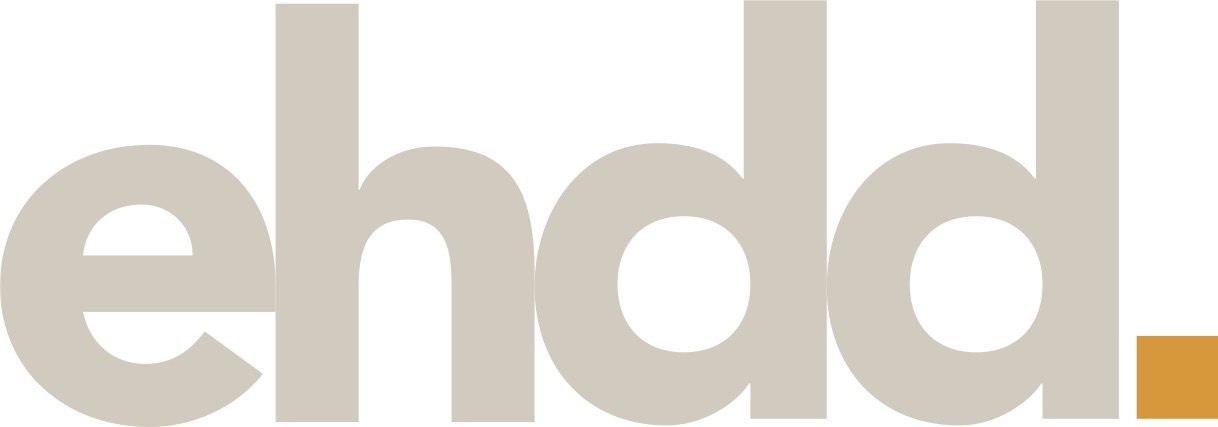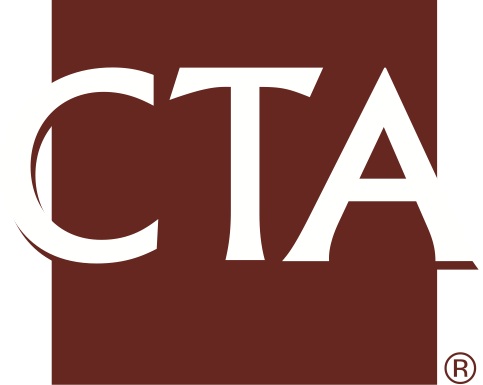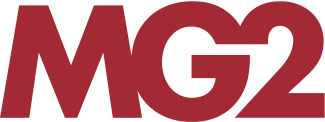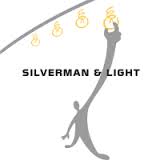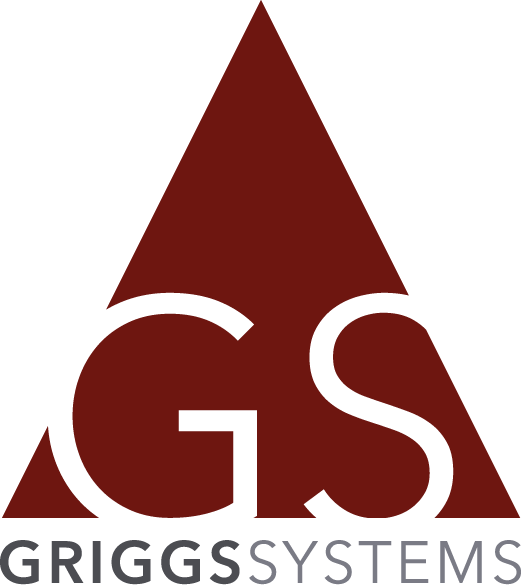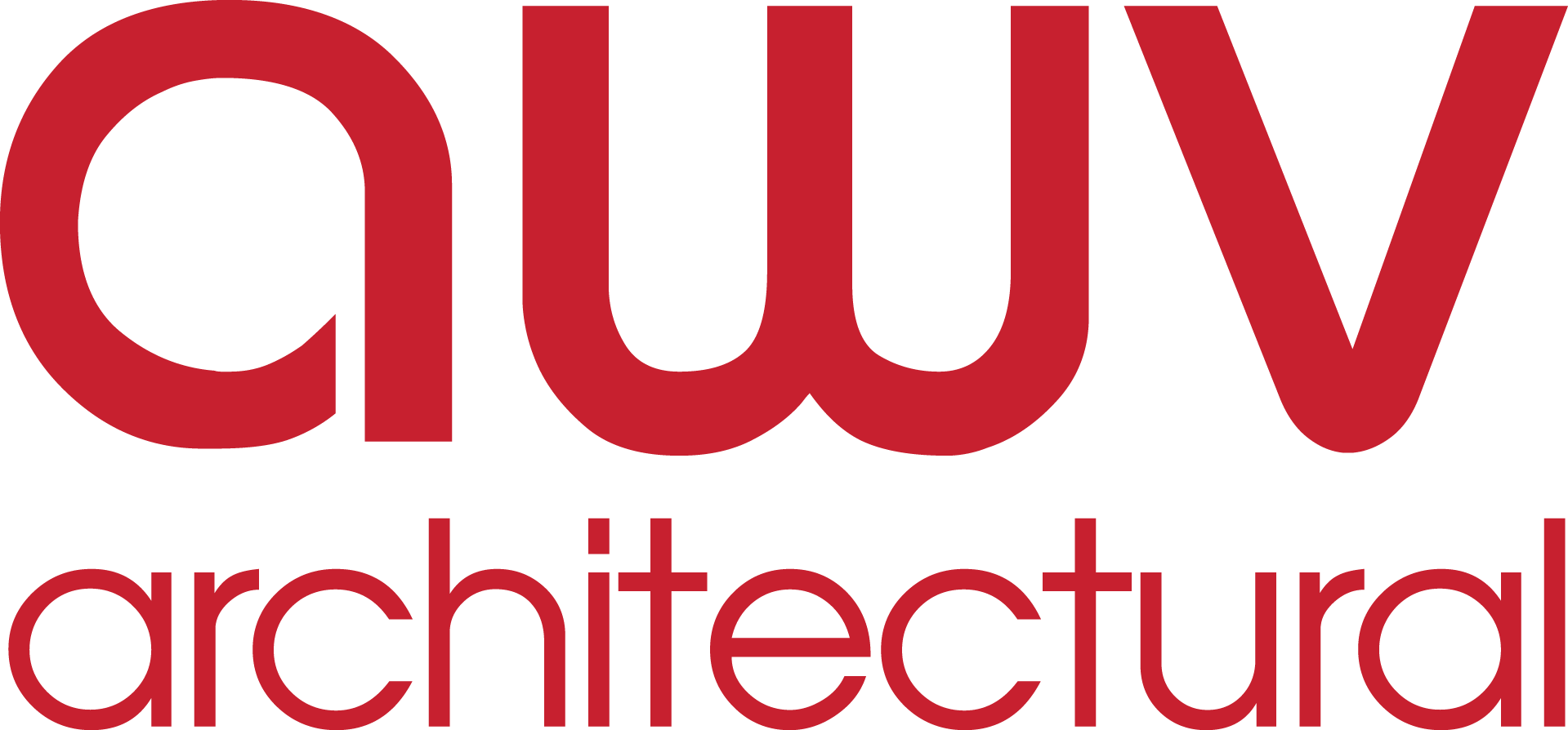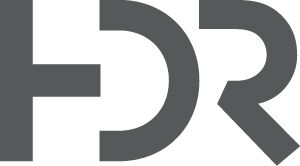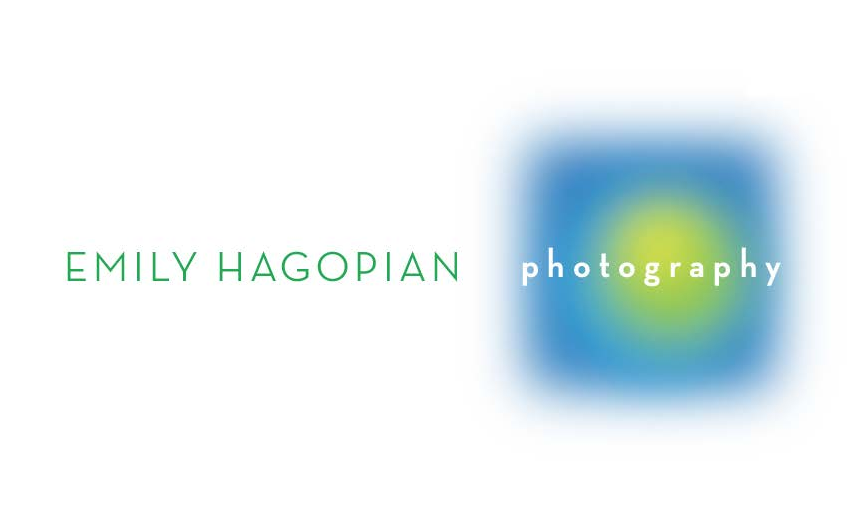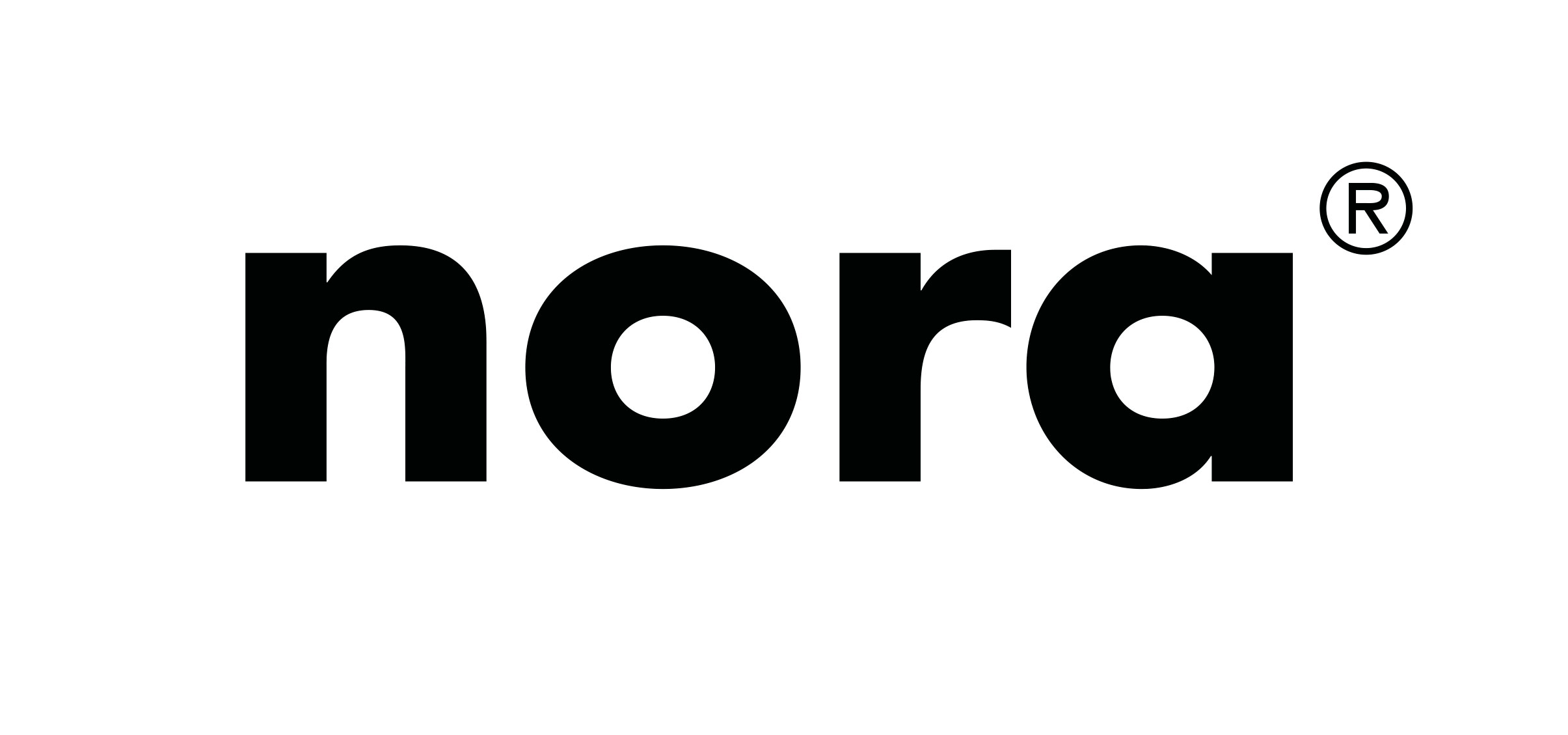1. Can you tell us a little bit about who you are and what you do?
I engage clients who are interested in tailoring their engineering design specifically to meet their project requirements and enhance their construction. As part of Holmes Culley and Holmes Fire, we provide structural engineering and fire engineering services through performance based design with the goal of adding value to the client. My role is to identify new projects for our team and help connect architects and owners to each other and with our engineers.I also participate in the management of the firm as whole, taking on responsibility for the direction, growth and operations of our San Francisco and Los Angeles offices.
2. Why did you choose to study Architecture?
My study of architecture took a long meandering path; I initially decided to pursue an undergraduate liberal arts education for its well-rounded merits. Dartmouth had a few architectural history and introductory design programs that fueled further interest. I kept my studies focused on art, engineering and mathematics anticipating that if I were to go into graduate school these courses would serve me well. It was while teaching that I decided to enroll in the summer Discovery program at GSD to verify my interest in pursuing a career in the built environment. I was soon enrolled in the M. Arch program at Columbia GSAPP.
3. What inspires you on a daily basis?
In the workforce, understanding people and problem solving. Much of the marketing and business development in AEC industry revolves around relationships and project knowledge. Because of my experience as an architect, I often contribute early on in the process. For instance, a client may have an existing building that they are interested in rehabilitating for new use. I am a good conduit between our engineers and the architect, asking early questions and posing possibilities for consideration.
4. What are two of your most influential projects and Why?
Early as an intern, I had the chance to work with LTL Architects on a design-construct a hotdog restaurant in New York’s Lower East Side. Our team of us not only designed and drew the plans for the restaurant, but we also served as the construction crew. We demolished the existing space and discovered a cast iron column at the storefront and were able to create accurate existing drawings. We ordered all of the materials (bamboo plywood, cold rolled steel, concrete boards) and constructed all of the components of the restaurant in the studio’s basement shop.
Currently, I am involved in a Holmes Group international firm-wide initiative. We are a number of years into the project, but it has been rewarding to work while keeping in mind the interests of our colleagues in New Zealand, Australia, and those of us here in the US. As a Group, we have many systems in place for collaboration and sharing of knowledge and resources, yet there are other areas which we can expand upon.
5. What is the greatest challenge/difficulty that you have had to overcome in your professional career?
Facing the mountain of student debt in the depths of the recession was difficult. Only in time, was I able to acknowledge my investment without being overwhelmed.
6. What do you believe has been one of your greatest accomplishments to date? Why?
Building relationships with architects and contractors through existing projects and potential future projects. I am proud to work with exceptional Holmes colleagues who partner with great firms to deliver world class engineering services to clients. It has been rewarding to pivot from being an architect to learning the business and management side of the business.
7. If you could go back in time, what would you tell your 24 year-old self?
You may not know where your career will take you, but seek out people that you can learn from and engage with. The path will unfold along the way.
8. What is the best advice that you ever received and how does that apply today?
I was once told by a mentor not to fret over the past decisions and experiences one has made. In the end, they all will contribute to the person you become.
9. How do you see Architecture changing in the next 10 years? What would your role be in the future?
It seems to me that the AEC profession is finding ways to engage people more in their work while not consuming their lives. The delicate balance has historically often been lost, sometimes to the expense of losing our colleagues to other fields.
My role in Architecture is to continue to be engaged in the built environment. One aspect of what I hope to bring is more visibility to the longevity of buildings. Unfortunately, so many buildings are being constructed in an inexpensive and disposable fashion; for current use and with little regard to permanency. Resiliency of buildings, whether to withstand seismic events or be easily adaptable for changing needs over time, is important to consider as we design and construct our cities and towns.
10. We have heard that while the general public respects Architects, they have little knowledge about what we do. Do you have any thoughts about how we can bridge the gap?
For the past 2 years, I have sat on our town’s planning commission. Although, our decisions involve land use, building massing and site context, as a commissioner, we see a large spectrum of project designs from both architects and builders.
The benefit and care that specific contextual and thoughtful design is the resolution of a myriad of issues that an architect will work with the client to address. Architects have an on-going challenge of sharing their insights and understanding with the public to educate them on the benefits. Often this is an informal process of sharing expertise in conversation.
Working on the consulting side is no different. Much of our work is on-going education and sharing of engineering stories so that building owners, architects and developers understand the benefits of engineering and how it can improve the outcome of the project.


